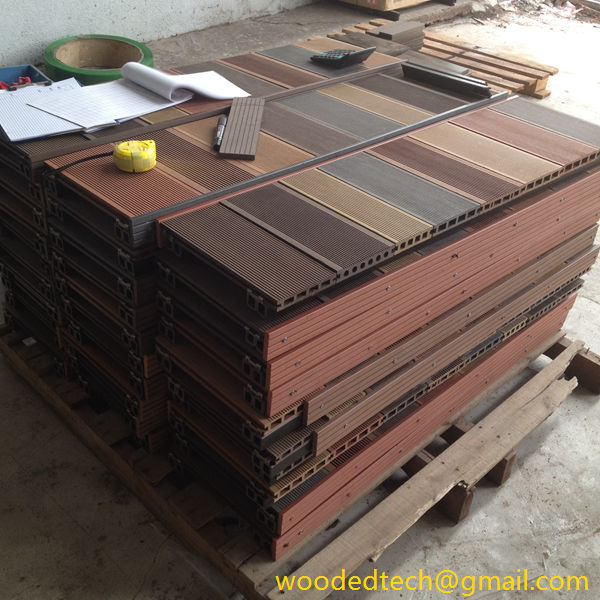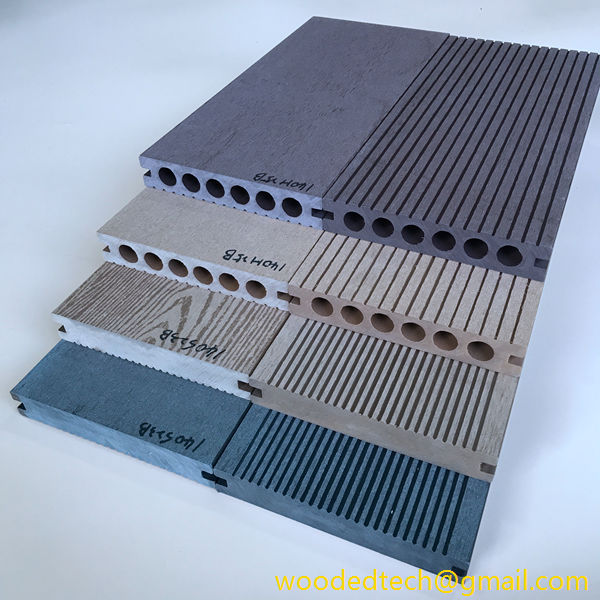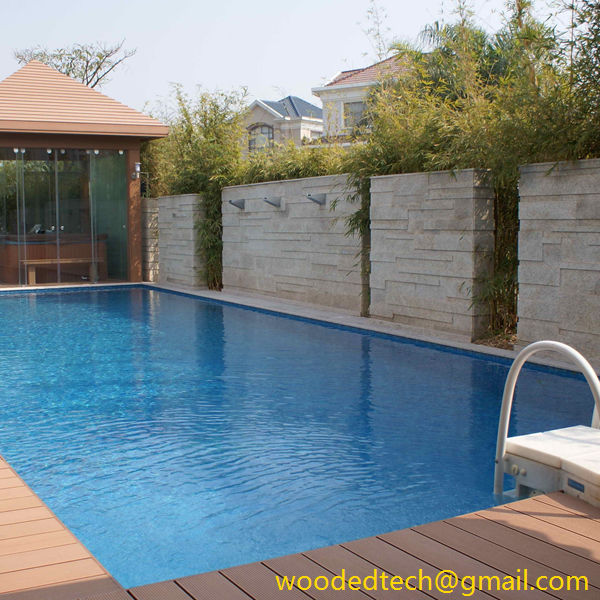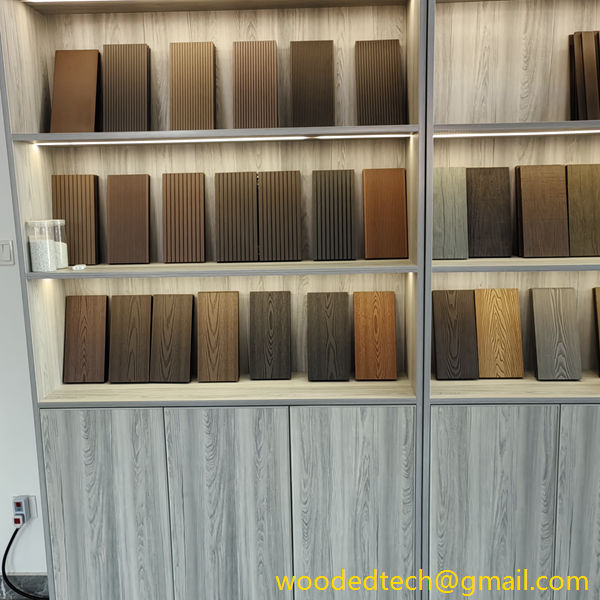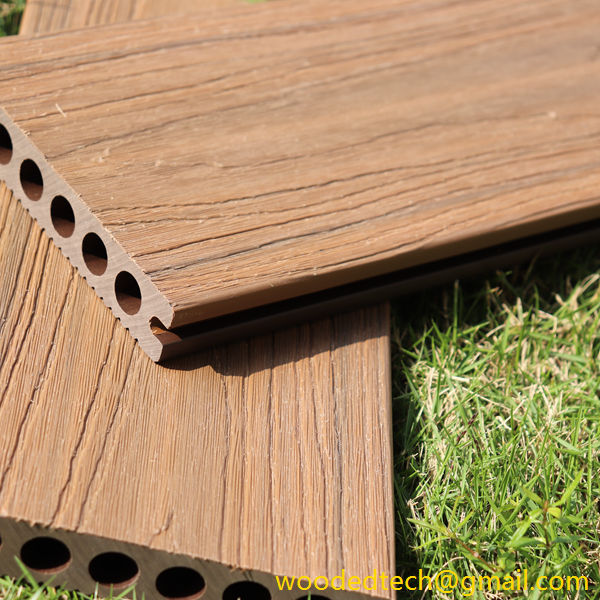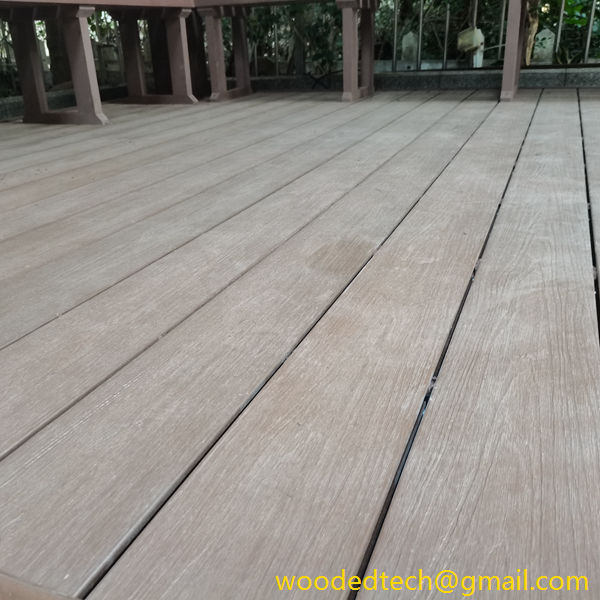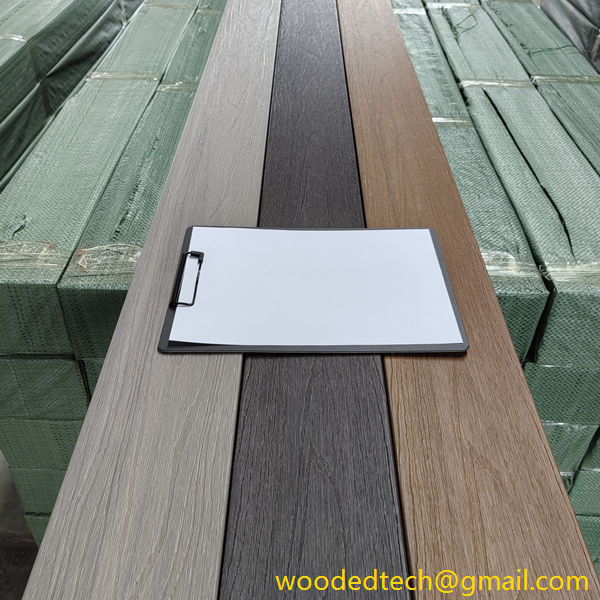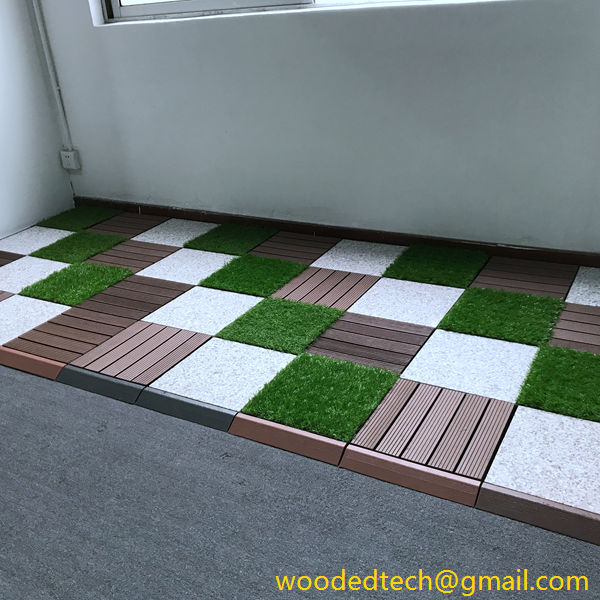Choose the Right Composite Deck Thickness for Your Next Project
Choose the Right Composite Deck Thickness for Your Next Project When embarking on a decking project, one of the most crucial decisions you will face is selecting the right composite deck thickness. The thickness of your deck boards plays a significant role in determining the overall aesthetics, durability, and performance of your deck. With a…
Choose the Right Composite Deck Thickness for Your Next Project
When embarking on a decking project, one of the most crucial decisions you will face is selecting the right composite deck thickness. The thickness of your deck boards plays a significant role in determining the overall aesthetics, durability, and performance of your deck. With a wide range of customizable materials available on the market today, understanding the implications of deck thickness can help you make an informed choice that best suits your needs.
Composite decking has gained immense popularity in recent years, thanks to its durability, low maintenance requirements, and resistance to environmental factors. Unlike traditional wood, which can warp, crack, or splinter over time, composite materials are engineered to withstand the elements while maintaining their appearance. This longevity makes composite decking an attractive option for homeowners looking to create a beautiful outdoor space.
One of the first considerations when selecting composite decking is the thickness of the boards. Composite deck boards typically come in various thicknesses, usually ranging from 0.75 inches to 1.25 inches. The thickness you choose will depend on several factors, including the intended use of your deck, the climate in your area, and your personal preferences regarding appearance and performance.
A thicker deck board generally provides greater structural integrity and durability. For high-traffic areas or decks that will support heavy furniture, a thicker board is advisable to prevent sagging or damage over time. In regions with extreme weather conditions, such as heavy snowfall or intense heat, thicker boards can offer enhanced resistance to warping and splitting.
On the other hand, thinner boards can be more cost-effective and lightweight, making them easier to handle during installation. If your deck will be used primarily for light activities, such as lounging or occasional gatherings, a thinner board may suffice. Additionally, thinner boards can provide a sleeker, more modern appearance, which can be appealing for contemporary designs.
In addition to thickness, it is essential to consider the profile of the composite decking boards. Many manufacturers offer a variety of profiles, including grooved and solid. Grooved boards are designed for use with hidden fasteners, which provide a clean, seamless look. Solid boards, while slightly more substantial, can be used with traditional face-fastening methods. The choice of profile can impact the overall thickness required for your deck, as well as the installation method and aesthetic appeal.
Another factor to consider is the span between joists. Composite decking typically requires specific spacing between the joists to ensure stability and support. Thicker boards often allow for greater spacing between joists, which can reduce material costs and simplify installation. However, it is crucial to follow the manufacturer’s guidelines regarding joist spacing to ensure the safety and longevity of your deck.
Moreover, the specific application of your deck should guide your thickness choice. For instance, if you are building a deck that will accommodate a hot tub or heavy outdoor furniture, opting for a thicker board will provide the necessary support and durability. Conversely, if your deck is primarily a decorative element or a small patio area for relaxation, a thinner board may meet your needs without the added expense.
Aesthetic considerations also play a role in selecting the right composite deck thickness. Thicker boards can create a more substantial appearance, which may be desirable for larger decks or traditional architectural styles. On the other hand, thinner boards can lend a sleek, modern look to contemporary designs. The thickness of the boards can also influence the visual lines and proportions of your outdoor space, making it essential to consider the overall design when making your choice.
It is also worth noting that different brands of composite decking may offer varying thicknesses and material compositions. Some manufacturers may produce boards that are engineered for specific applications, such as high-impact areas or climates with high humidity. Therefore, it is advisable to research and compare products from multiple manufacturers to find the right thickness that aligns with your project requirements.
In conclusion, choosing the right composite deck thickness is an essential aspect of your decking project that can have far-reaching implications for durability, aesthetics, and performance. By considering factors such as the intended use of your deck, local climate conditions, and design preferences, you can make an informed decision that enhances the beauty and functionality of your outdoor space. With a wide range of customizable materials available, you have the flexibility to select the perfect thickness that meets your needs and brings your vision to life. Whether you opt for a thicker board for added stability or a thinner option for a sleek appearance, selecting the right composite deck thickness will contribute to the success of your project and ensure a beautiful, lasting outdoor retreat.

